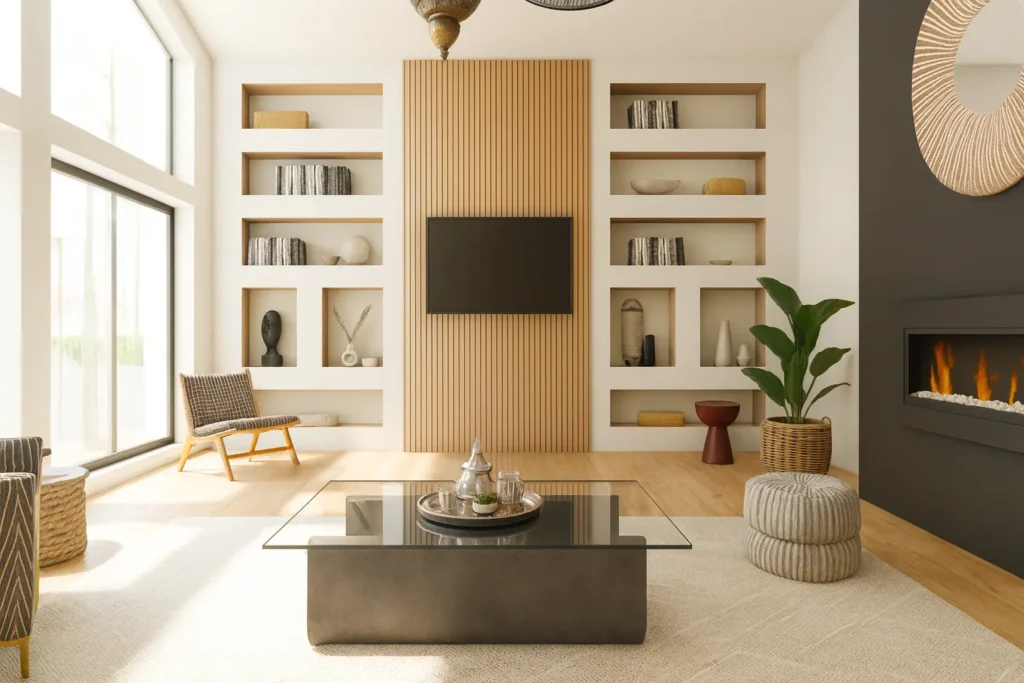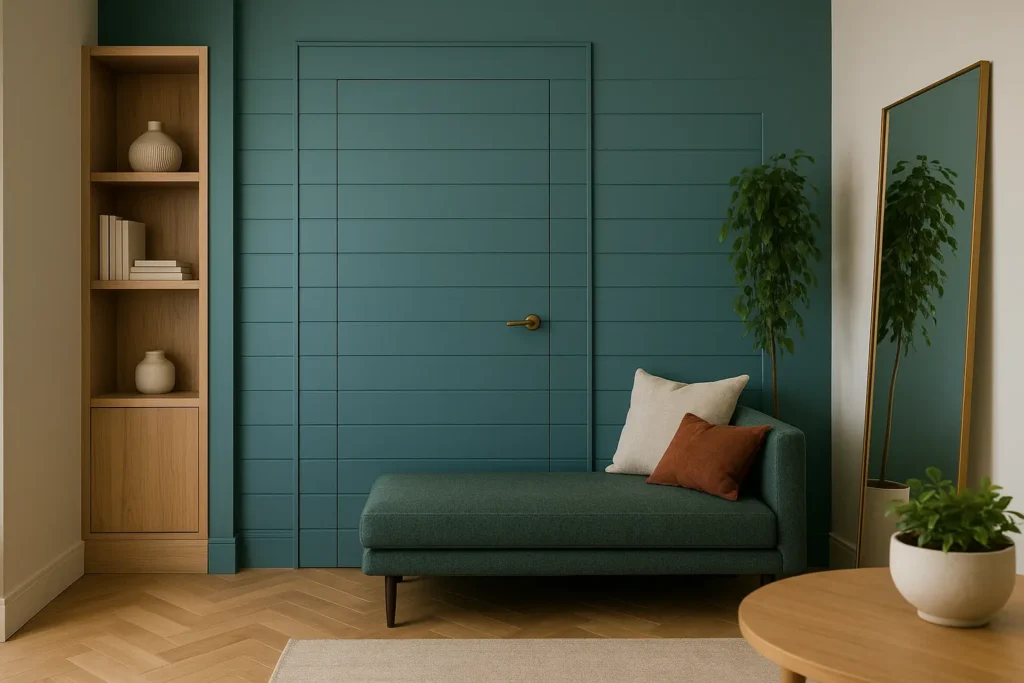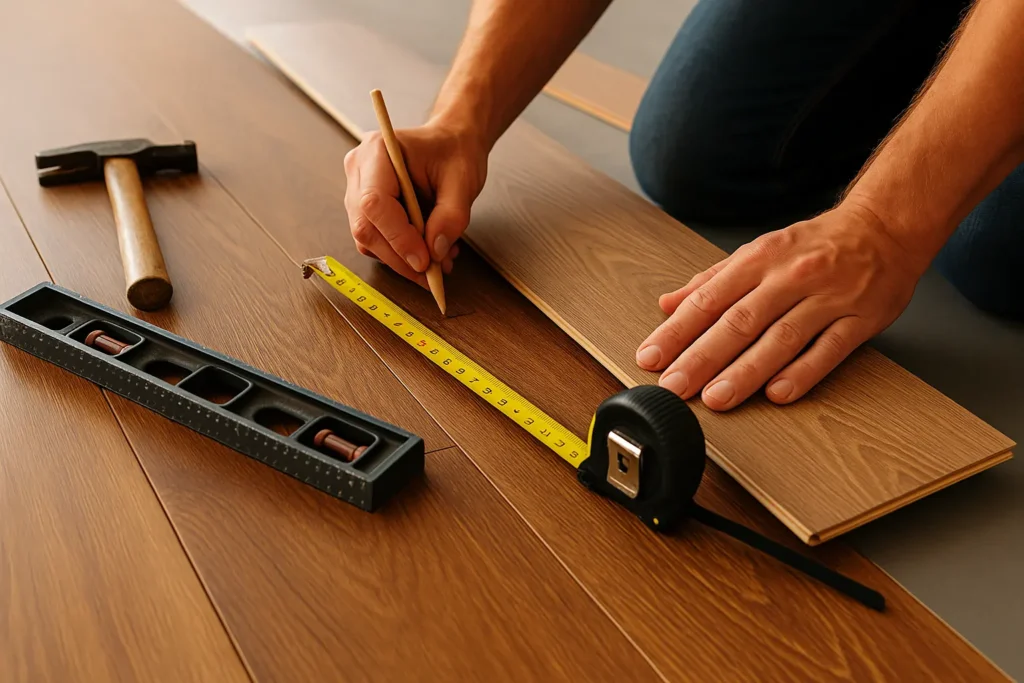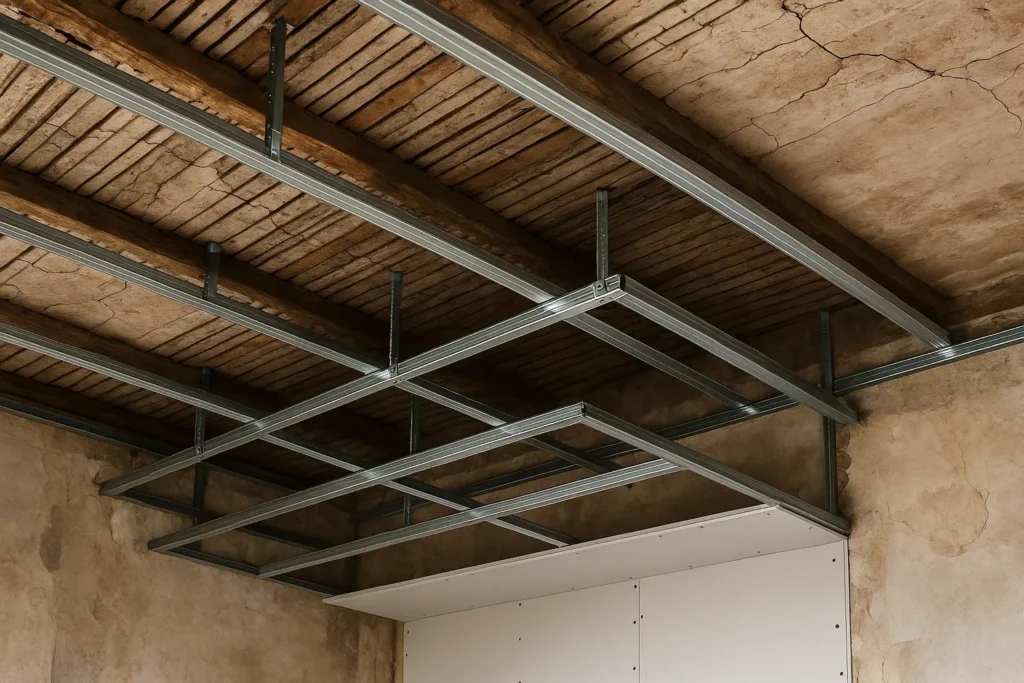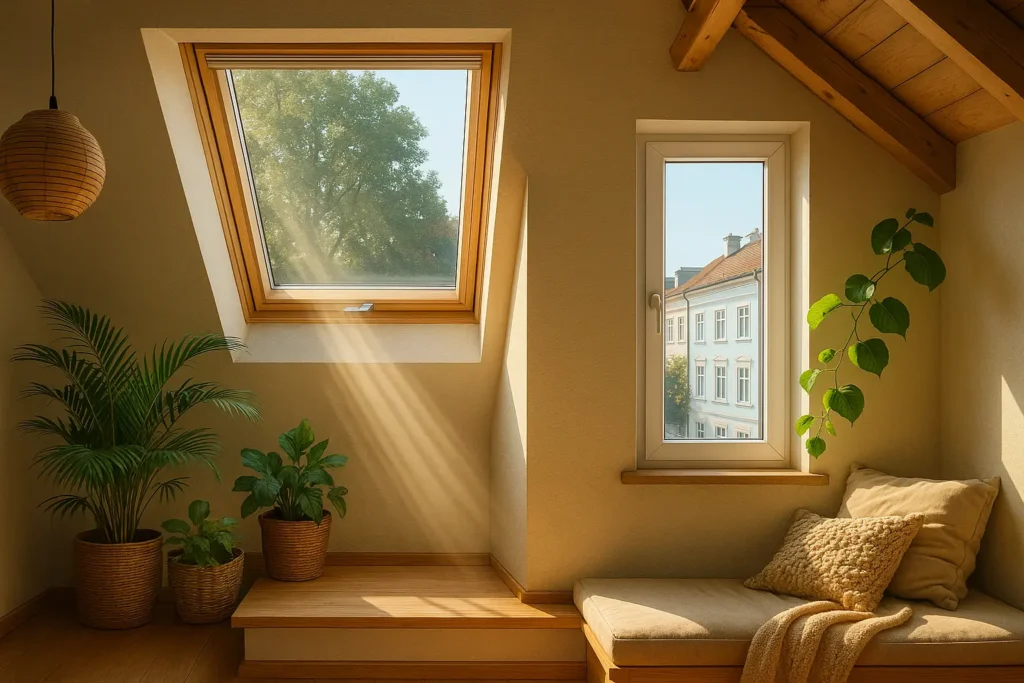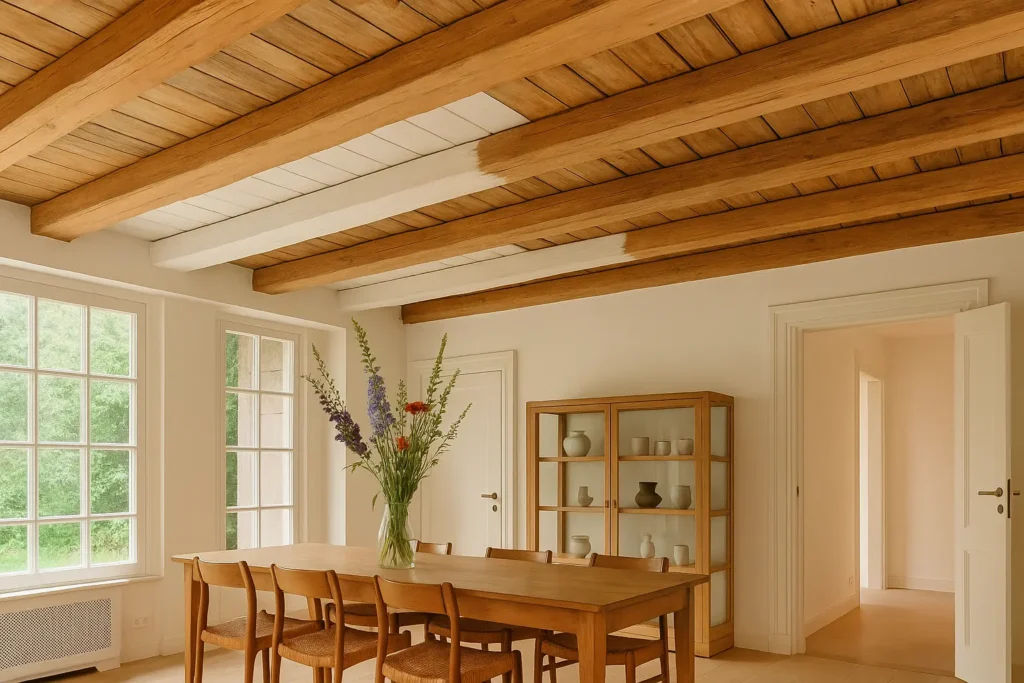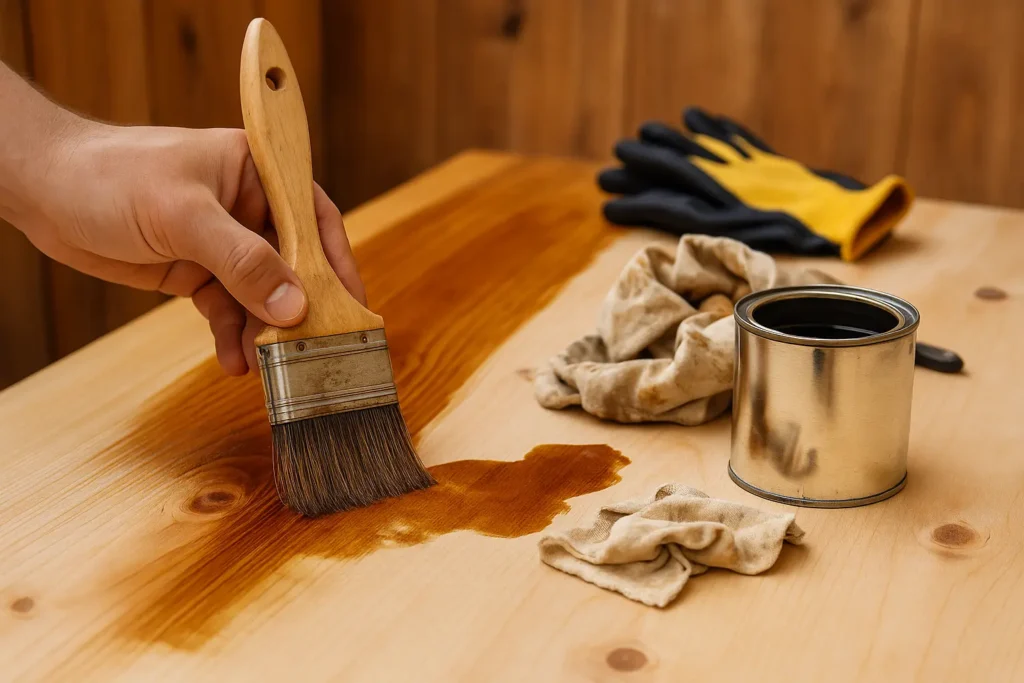These noises that disturb the tranquility of our homes... A creaking staircase can become a real noise nuisance in a house. These incessant creaks break the soothing silence of our homes, especially at night when each step resonates like an impromptu concert. If you own a home with a wooden staircase, you are probably familiar with this unpleasant symphony that accompanies every ascent and descent. Rest assured, several solutions exist to find peace and serenity in your living space. Among them, the WD-40 represents an accessible and quick option to implement against a creaky wooden staircase. Let's look at the causes of these unpleasant squeaks, how to effectively use WD-40 to eliminate them, as well as other natural and mechanical alternatives for lasting results. Your staircase deserves to regain its silence, and your House its peaceful atmosphere.
Our article in brief:
Against a creaky staircase, WD-40 and other solutions are effective methods to restore peace of mind in your home.
- Origins of a creaky wooden staircase : friction between wooden parts which react to variations in humidity and wear.
- Against a creaking staircase THE WD-40 on creates a lubricating film that reduces friction but provides an effect temporary.
- Of the natural alternatives like the talc, there beeswax Or linseed oil are also sustainable options.
- Regular preventive maintenance (biannual inspection, maintaining stable humidity) guarantees a quiet staircase.
Summary
Why Does Your Staircase Creak? Origins and Diagnosis of Noise Nuisance
The mechanisms behind the squeaks
Unpleasant noises coming from your staircase are mainly caused by friction between the different wooden pieces that make up its structure. Wood, a noble and living material par excellence, constantly reacts to its environment. It expands in humid weather and contracts when the air becomes drier. These dimensional variations, although minimal, create movements between the treads, risers and stringers of your staircase. The slightest movement between these elements causes these sound vibrations that disturb the peace of your interior. The older your staircase gets, the more these phenomena become accentuated, sometimes transforming your nighttime climb into a veritable concerto of creaking sounds.
Common Causes of Squeaky Wooden Stairs
To effectively deal with a noisy staircase, it's first important to understand the exact causes of the noise pollution. Several factors can be responsible for these daily inconveniences:
- Loose or faulty fasteners : screws and nails that no longer hold the elements together properly
- Natural wear of assemblies : joints worn out by years of use
- The gradual subsidence of the steps : under the repeated effect of the weight of the passages
- The poor quality of the initial installation : rough carpentry or insufficient materials
- Natural aging of the wooden structure : which causes deformations and structural movements

How to pinpoint problem areas
Before undertaking any repairs to your staircase, take the time to precisely identify the source of the squeaks. Slowly walk up your staircase, step by step, testing different foot positions (outside edge, center, wall side). Carefully observe any movement between the components. A slight wobble or even minimal sagging can reveal the source of the problem. Don't hesitate to use a directional lamp to examine in detail the joints And assembliesThis simple but essential diagnostic phase will allow you to apply the treatment exactly where it is necessary, thus optimizing the effectiveness of your intervention and the restored peace of mind of your House.
WD-40 Application: Step-by-Step Method for a Quiet Staircase
How WD-40 Works on Squeaks
THE WD-40 works as an effective lubricant on noisy stairsThis versatile product creates a thin protective film between contacting surfaces, significantly reducing friction that causes unpleasant noise. Its formula penetrates deep into the finest gaps in the wood structure. One of its key properties is its water-repellent properties, which drive out moisture present in the wood—the same moisture that contributes to dimensional variations and squeaks. WD-40 offers an immediate and accessible solution to restore a silent staircase, although its effect remains temporary. It is particularly effective for light to moderate noise pollution, allowing you to quickly restore peace and quiet in your home without complex structural intervention.
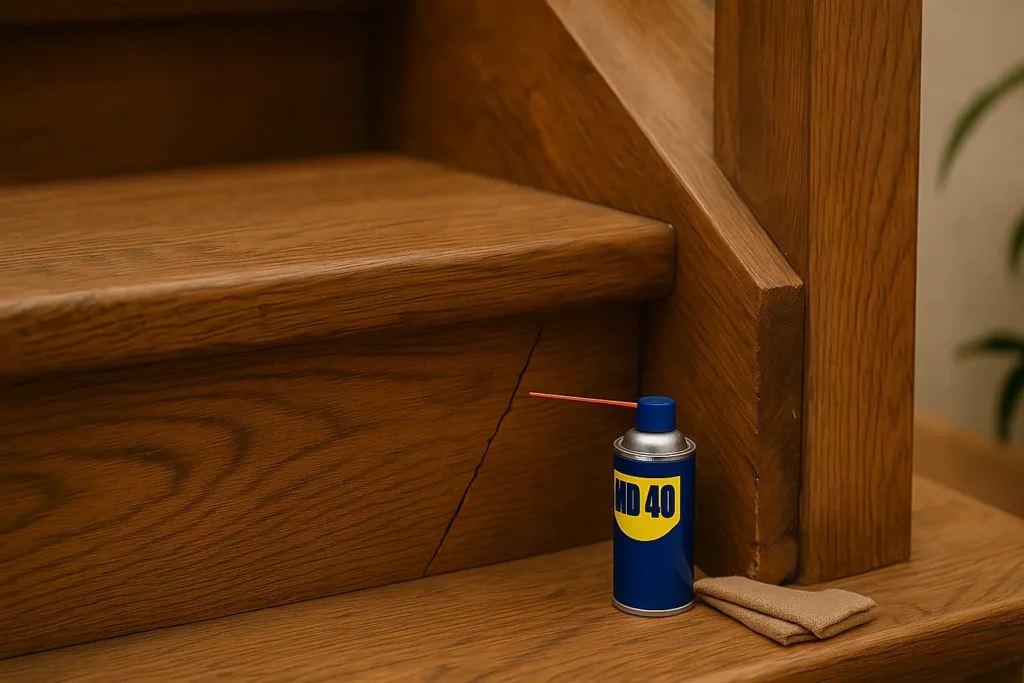
How to apply WD-40 to a squeaky staircase?
To maximize the effectiveness of WD-40 on your creaky stairs, follow this rigorous method:
- Start by clean the stairs thoroughly, eliminating dust and debris that could compromise the action of the product
- Protect adjacent surfaces with newspaper or masking tape to avoid stains
- Shake WD-40 vigorously before using on your wooden staircase to homogenize the solution
- Use the precision straw to target exactly the joints between steps and risers
- Apply a thin layer of the product by focusing on the areas previously identified as sources of squeaking
- Leave for a few minutes to allow the lubricant to penetrate the wood fibers
- Carefully wipe off any excess with a clean cloth to avoid dangerous slippery surfaces
Important precautions when using
Using WD-40 requires certain precautions to ensure its effectiveness and your safety. Test the product first on an inconspicuous area to check its compatibility with the wood and finish of your staircase. Strictly avoid contact with varnished or painted surfaces, which could be permanently stained. Ensure adequate ventilation during and after application, as the volatile components can be irritating. Wear gloves to protect your skin and keep in mind that this product is flammable – never use it near a heat source. Wait until the product is completely dry before allowing traffic on the stairs again, especially if young children or the elderly frequently use this access.
Alternative solutions and preventive maintenance for a lastingly silent staircase
Natural and mechanical solutions
If WD-40 isn't what you're looking for, or you prefer more natural alternatives, there are several options available. Talc, sprinkled into the joints, reduces friction without staining or odor. Beeswax, heated and injected into the cracks, nourishes the wood while reducing friction. Linseed oil is also a particularly popular solution for its long-lasting effectiveness and nourishing properties. for wood species. For more structural interventions, consider tightening faulty fasteners or adding specific shims between elements. Wooden dowels, combined with a quality glue, can permanently stabilize assemblies. Each method has its advantages depending on the nature and severity of the squeaking that disrupts your daily life.
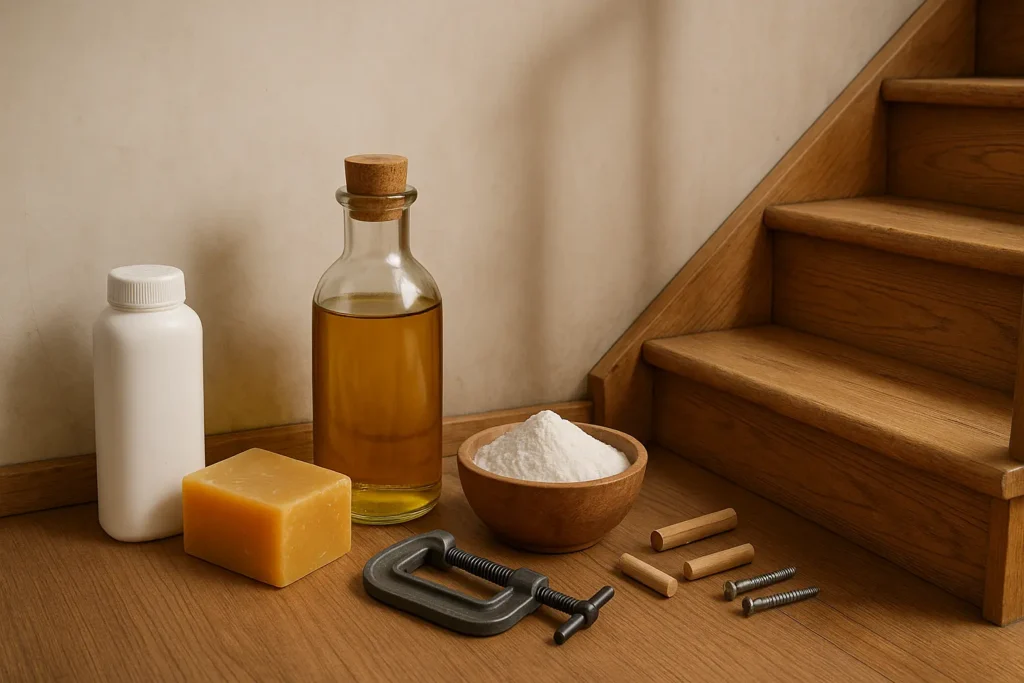
Comparative table of solutions for creaking wooden stairs
| Solutions for creaking stairs | Efficiency | Sustainability | Ease of application | Cost |
|---|---|---|---|---|
| WD-40 | High | Temporary (1-3 weeks) | Very easy | Economic |
| Linseed oil | Good | Average (2-6 months) | Moderate | AVERAGE |
| Talc/Graphite | Average | Low (a few days) | Easy | Very economical |
| Beeswax | Good | Good (3-8 months) | Complex | Moderate |
| Tightening | Excellent | Durable (several years) | Technical | Variable |
Maintenance tips to prevent squeaking
Prevention is always better than cure. To keep your staircase quiet over time, establish a regular maintenance routine. Thoroughly inspect your structure twice a year, paying particular attention to the junction areas. Maintain a stable humidity level in your home to limit dimensional variations in the wood. Feed the material periodically with suitable products that will prevent it from drying out. Annually tightening the fasteners, even those that appear to be in good condition, will prevent the development of structural play. These simple but regular actions will considerably extend the quality and silence of your staircase, transforming a one-off chore into lasting peace of mind for your home.
When to call a professional?
Despite your best efforts, some situations require the intervention of a carpentry or framing expert. If the squeaking persists after several attempts at different solutions, a deeper structural problem could be at play. Excessively mobile steps or visible cracks in the wood are warning signs that shouldn't be ignored. Significant sagging in certain parts of the staircase also warrants professional consultation. The expertise of a carpenter will not only permanently resolve noise pollution, but also ensure the safety and sustainability of this central element of your House, thus preserving its authenticity and value over time.
